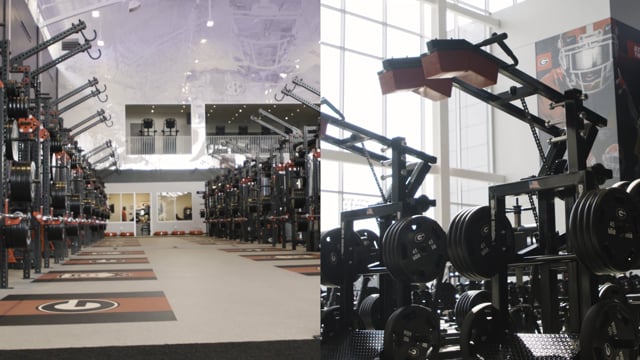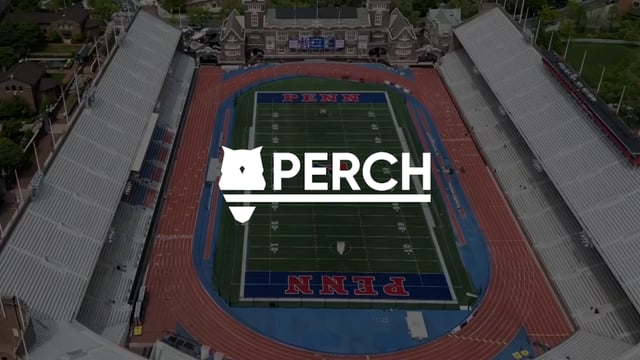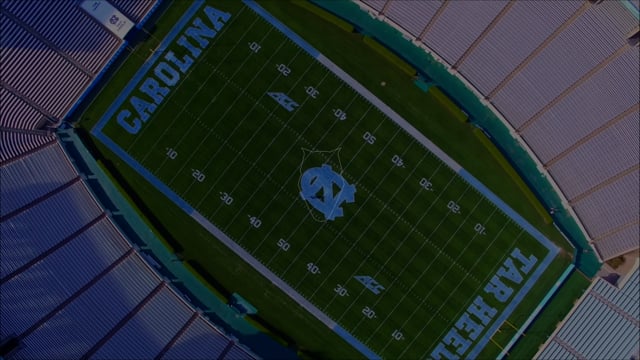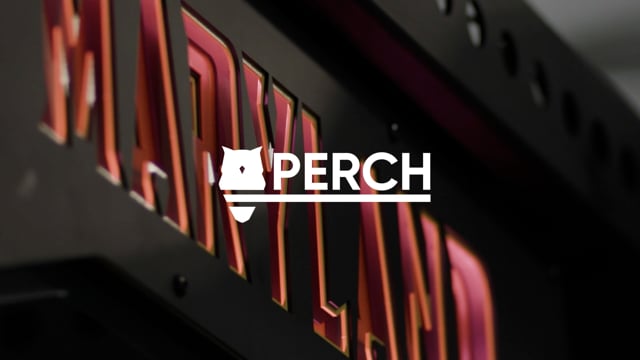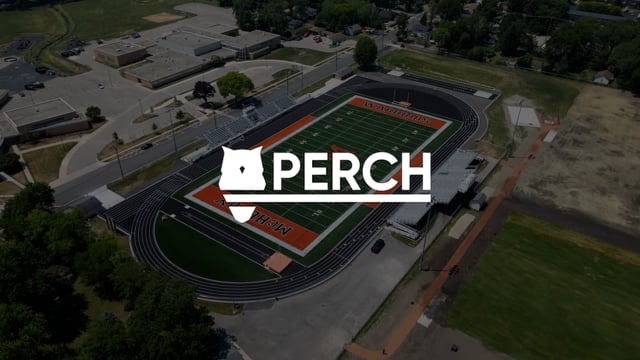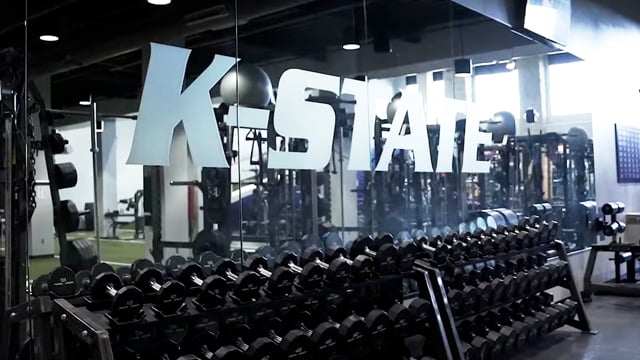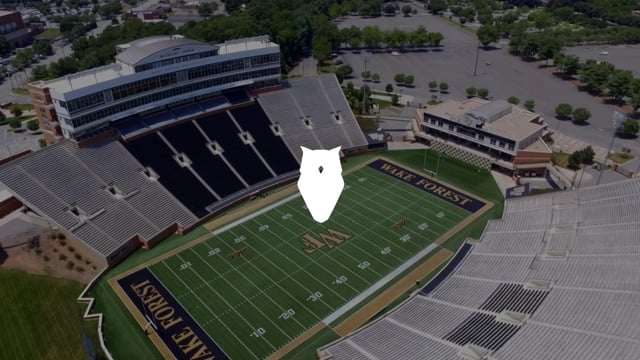Perch and UCF Baseball
Coach Jeremy Fradin talks about how to use Perch with baseball players at UCF from testing to training and more.
See Summary
Perch and UCF Baseball with Jeremy Fradin
The webinar explores how sports performance technology, particularly Perch's velocity-based training (VBT) system, can transform athlete development. Jeremy Fradin shares his professional journey through roles in collegiate and professional sports, eventually leading to his current position overseeing baseball and volleyball performance programs. His experiences provide key insights into balancing technology and traditional strength training.
Career Background
Jeremy Fradin describes his background in sports medicine, athletic training, and coaching. He worked with the Arizona Diamondbacks and later transitioned to college athletics. His diverse experiences in various leagues and sports shaped his methodology, emphasizing a balance between data-driven performance and hands-on approaches to athlete development.
Technology Integration and Assessments
Pre-Screenings and Evaluations
- Tools Used: OnBase U screenings, K-Vest (for thoracic and hip assessments), and handheld dynamometers.
- Pre-screening involves tracking hip and shoulder mobility, ground force production, and strength imbalances.
- Technology integration helps evaluate athletes every 4-6 weeks to inform program adjustments.
Perch for Velocity-Based Training
- Transitioned from using tools like PUSH to fully adopting Perch's VBT system.
- Perch allows athletes to adjust loads based on real-time velocity metrics, preventing overtraining and injury.
- Older athletes with established strength foundations start immediately on VBT programs, while freshmen undergo a phased introduction to ensure proper form before velocity tracking.
Training and Warm-Up Methodologies
Customized Warm-Ups
- Programs are based on common deficiencies such as poor ankle mobility, hip flexibility, and thoracic rotation.
- Warm-ups include:
- Soft tissue work with foam rollers and lacrosse balls.
- Flexibility drills (e.g., banded ankle work and hip mobility).
- Activation exercises targeting pelvis stability and core strength.
Ongoing Development
- In-season training is guided by weekly velocity metrics. Athletes adjust their loads based on how quickly they move the weight, ensuring optimal performance on both good and fatigued days.
- A wave system is used in off-season programs, with weekly speed targets progressing from 0.8 m/s to 0.5 m/s.
Player Development and Velocity Zones
- Athletes are categorized based on needs: strength, hypertrophy, or speed. Once a bucket is "filled" (e.g., size increase in hypertrophy), training shifts to other areas.
- Real-time feedback encourages athletes by allowing them to track improvements in weight lifted at various velocities.
- The Perch system's live leaderboard adds a competitive element, motivating athletes to push performance limits during sessions.
New Features: Perch Evaluate
- The Evaluate feature offers jump assessments directly at the weight rack, eliminating inefficiencies in data collection.
- This enhancement streamlines monitoring, allowing athletes to perform counter-movement jumps without waiting in line for separate equipment.
- Data from Evaluate will automatically sync to dashboards, saving time and reducing reliance on manual data entry by interns and trainers.
Practical Application of Data
- In-season adjustments are made based on Perch metrics, which track athlete fatigue and readiness. For example:
- Athletes who move slower than usual at warm-up weights may have their workloads reduced.
- Conversely, athletes showing high readiness might increase their lifting intensity.
- Real-time velocity data ensures training intensity aligns with each athlete’s capabilities on a given day, optimizing both recovery and performance improvements.
Takeaways and Future Goals
- Jeremy Fradin emphasizes blending traditional training practices with VBT to maximize results.
- Upcoming improvements in Perch's capabilities, such as jump assessment accuracy and automated data integration, are expected to enhance athlete monitoring and program efficiency.
- Jeremy Fradin acknowledges that, while he values hands-on engagement with athletes, technology provides objective, non-biased feedback critical for refining training programs.
This webinar offers a comprehensive look at how advanced performance technology like Perch supports athlete development, balancing scientific data with traditional coaching philosophies.
Related Webinars

Start Gathering Data With Perch Today!
Reach out to us to speak with a representative and get started using Perch in your facility.

